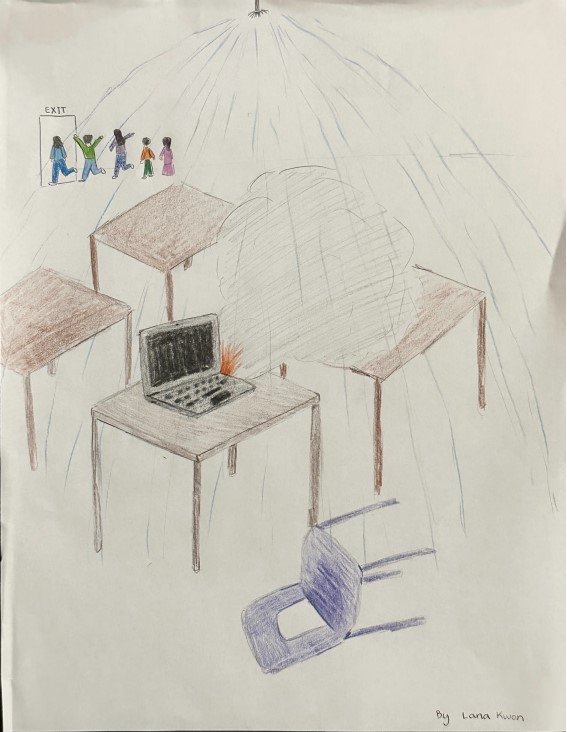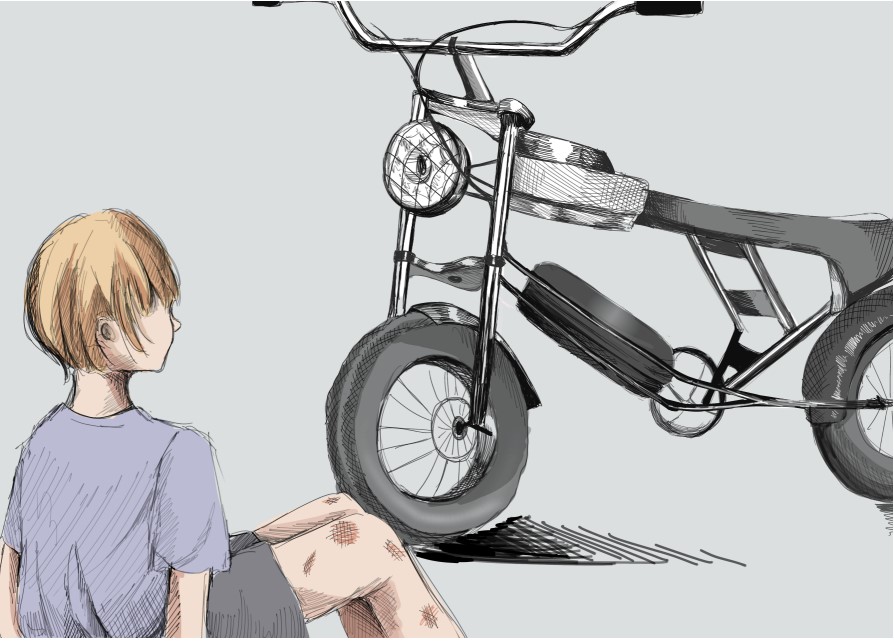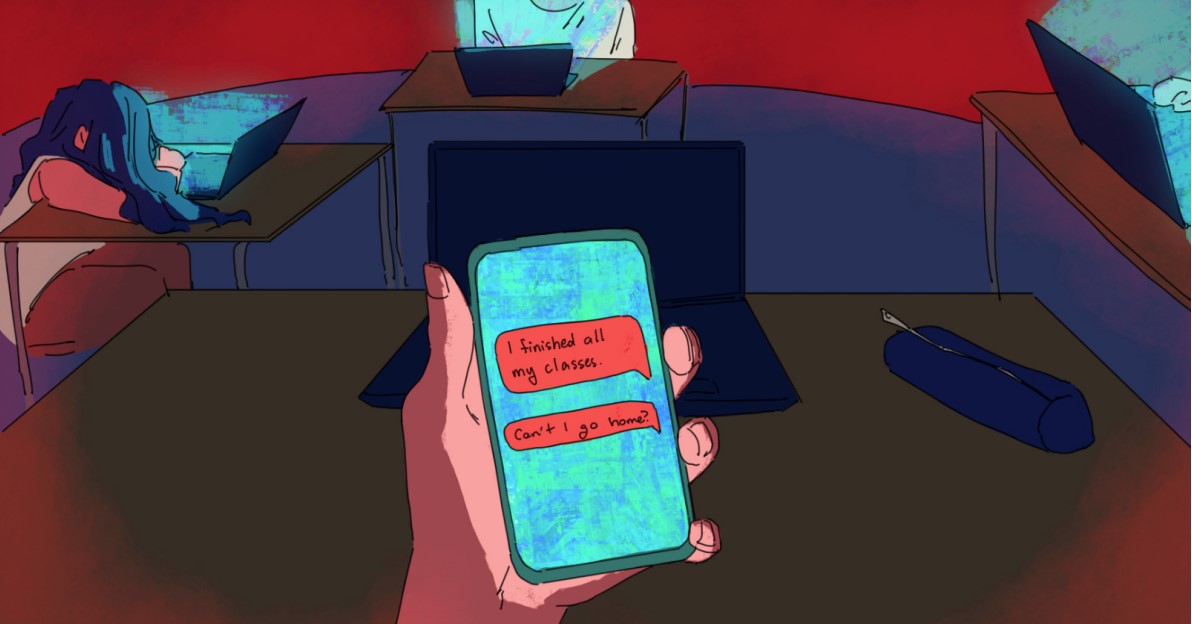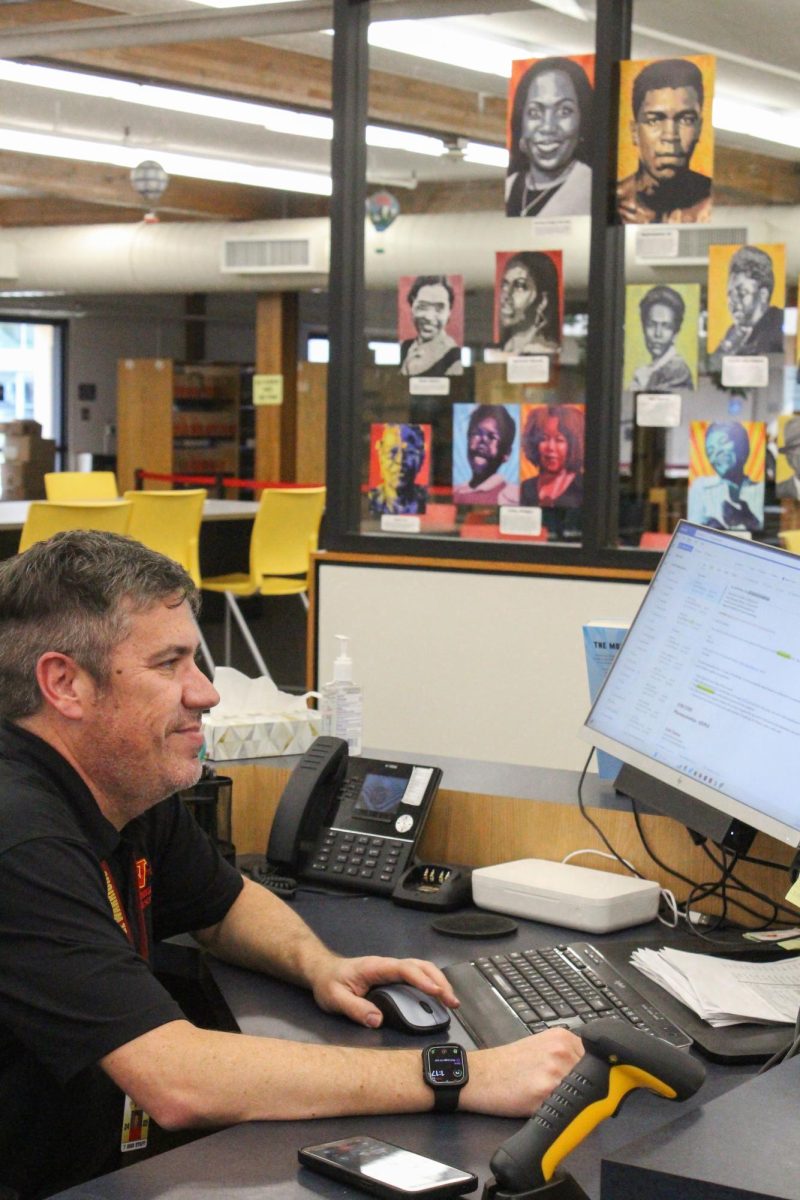As Generation Z hails the growing trend of thrifting and reselling as green alternatives to fast fashion, it is critical to assess their effects on sustainability. Although the environmental benefits of these practices are gaining popularity, it is crucial to have a nuanced understanding of the complexities that surround them.
A deeper examination of the thrifting and reselling culture is necessary to see past the apparent appeal of sustainability. As society navigates this maze, it is clear that buyers need to examine both the sellers and the clothing itself to make sure that their decisions transcend surface-level environmentalism and avoid becoming merely consumerist endeavors.
According to National Public Radio (NPR), the secondhand clothing market has found traction with Generation Z due to a number of factors, such as generational preferences, social media influence, the lure of unique clothing items and sustainability concerns.
Ava Nishizaka, senior and president of Woodbridge High’s Sustainable Fashion Club, praises thrifting as a noble cause and highlights its benefits to the environment.
“Thrifting is a great way to get people to buy [used clothes], instead of buying new clothes that are usually made from polyester, which is plastic based [and] instead buying used clothes that are already out there,” Nishizaka said.
Senior Camille Conde adds another level of sustainability by highlighting a geographic component and drawing attention to the pollution that long-distance shipping causes.
According to Forbes, sustainability in fashion refers to using and creating clothing in a way that respects the environment and the people involved in its production. This covers the whole production process, guaranteeing that it is socially and environmentally responsible from raw materials to manufacture to labor conditions and pay.
Sometimes, clothing brands that follow sustainable principles to the core are often pricey and unattainable for a typical high school student wallet.
“I think sometimes it comes off as very out of touch to say…just buy from Reformation or a brand…that [is] sustainable and it’s great if you do buy it, but not everyone can do that [because of the price],” Nishizaka said.
The emergence of reselling marketplaces like Depop and Poshmark is transforming the used clothing industry by offering customized search results, a wide range of markets and unparalleled internet accessibility.
Junior Amelia Penson-Hoyes, an online clothing reseller, provides insight into the profitable market resale of secondhand clothes. In Penson-Hoyes’ view, reselling fosters a beneficial relationship between the seller and the buyer.
“The resellers can get money…[the thrift store clothes are] very cheap and they can sell it at a higher price to make a lot of money,” Penson-Hoyes said. “The [consumers] buying it don’t have to go to the thrift stores and sift through all the clothes that they don’t like. They can just find their style immediately.”
Penson-Hoyes does point out, though, that resellers’ inflating prices are occasionally absurd.
“I think a lot of people sell things at a very high price when they don’t deserve to be priced that high. So if it continues, it could get worse,” Penson-Hoyes said.
According to Deloitte, the global resale market is expected to almost double to $350 billion by 2027. Experts are starting to wonder, however, if this expansion is more harmful than helpful. Reselling increases carbon emissions, which further compounds the retail industry’s annual 25% global emissions contribution.
“[There is] a lot of fast fashion that’s being recycled. I think sometimes people think, ‘Oh, if I’m thrifting, it’s okay to buy fast fashion.’ But the clothes are still being washed, they’re still still releasing the plastics,” Nishizaka said.
As high school students enthusiastically embrace the thrifting and reselling culture, it is imperative to critically examine its benefits and implications for sustainability. If thrifting is promoted as a cure-all, it may inadvertently promote a consumerist culture.
Conde suggests sustainable alternatives to combat consumerism. They emphasize the importance of mindful shopping.
“Shopping less because it’s honestly just consumerism. Shopping a lot makes [clothes buying] unsustainable. You can shop at Zara or stuff if you don’t shop there every single day, every single month,” Conde said. “Just when you really need something I feel like that still makes it sustainable. Trying to save your pieces and upcycling them, not just throwing [your clothes] away and not buying into trends.”
When it comes to sustainable fashion, consumer decisions have a big impact. Choosing environmentally friendly brands, endorsing ethical resellers and thrift stores and exercising mindfulness all help to create a future in which accessibility and responsibility can coexist.
Opportunities for constructive transformation of the fashion world can arise in response to these contemporary challenges. Our choices as customers continue to influence the industry in its pursuit of true sustainability. Every decision we make can help to cultivate a future in fashion where responsibility does not compromise accessibility.













